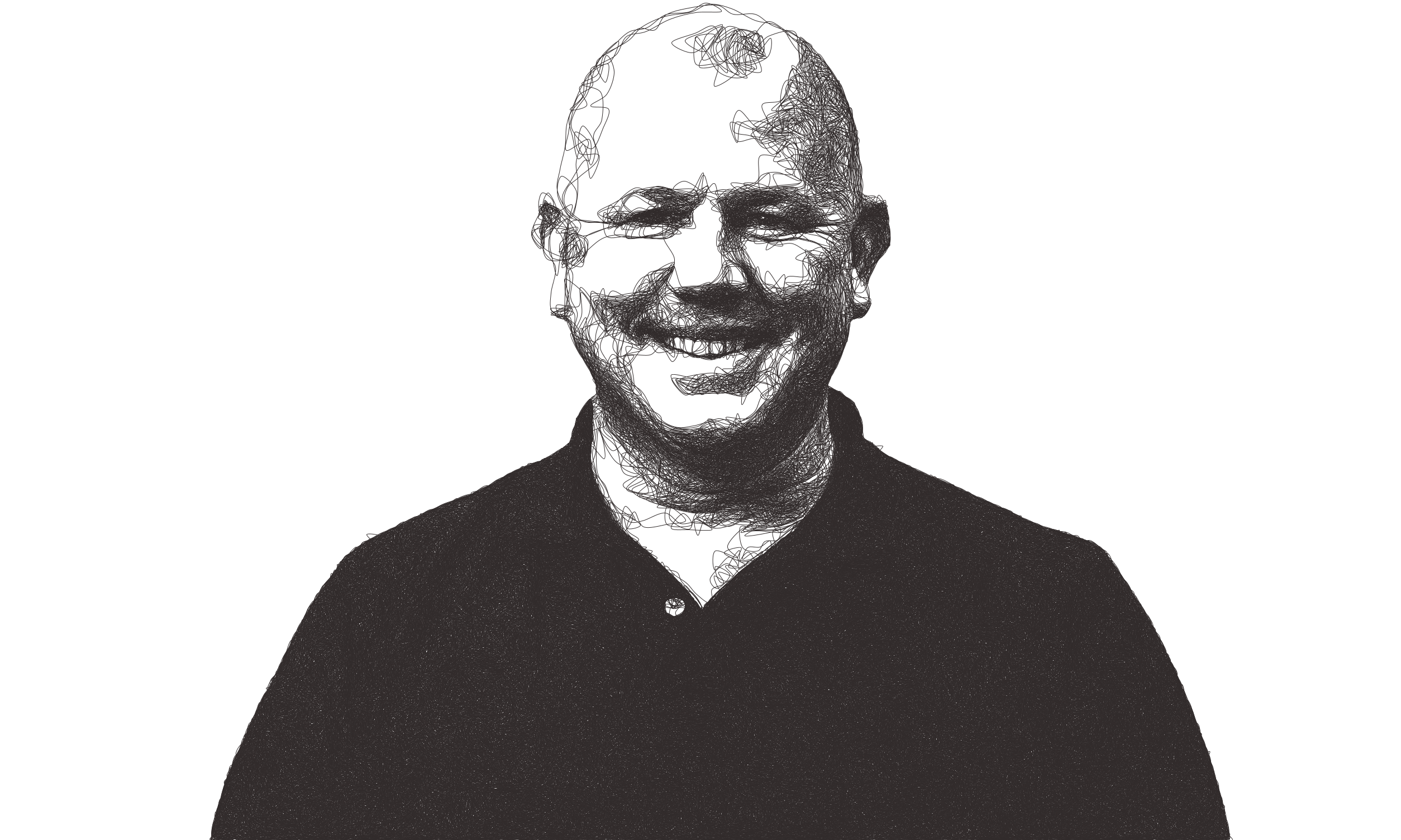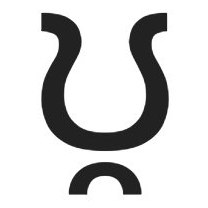Charlie McGill is the CEO of ElectraLith, a sustainable lithium extraction company based in Australia.

Give us an overview of your company’s approach to lithium extraction?
While lithium demand is expected to skyrocket, the process of extracting lithium is costly and environmentally damaging. Traditional methods such as large evaporation ponds or hard rock mining have significant drawbacks. We operate in the direct lithium extraction (DLE) segment. About a decade ago, DLE emerged as a new approach, with three primary methods being developed and commercialized: solvent exchange, ion exchange, and absorption.
What makes us unique is that we are developing the fourth type of DLE, which is a membrane-based technology. Our process uses electrodialysis and a proprietary membrane to separate lithium from brine, allowing the depleted brine to be returned to the aquifer. This makes it a far cleaner process than traditional methods. While most DLE technologies produce lithium chloride, which then requires further refining that generally happens in China, our process goes straight from brine to battery-grade lithium. By eliminating chemicals and water-intensive steps, we’ve significantly reduced both environmental impact and cost. This makes us the most sustainable and cost-effective solution in the space.
We’ve proven the technology in the lab, and after doing so, we successfully closed our Series A funding round last year, which I am happy to report was oversubscribed. We secured investment from Rio Tinto, Chevron, Marathon Petroleum, In-Q-Tel, Vista Energy in Argentina, and several others. Now, our main focus is scaling the membrane technology and building a pilot plant, which we aim to deploy to Argentina within the next year to year and a half.
A weekly dispatch featuring exclusive interviews with deep tech founders & a roundup of the most important deep tech news.
What are the key challenges in scaling your lithium extraction technology?
We like to be very clear about the biggest challenge with our technology. We’ve designed a process that doesn’t require water, which is a major advantage especially in regions like Latin America and the Colorado River Basin where water is scarce. Even if we weren’t the most cost-effective option, eliminating water from the process makes permitting and approvals easier. Environmentally, we’re at the lowest impact level, and cost-wise, we’re also highly competitive.
But what’s the catch? The catch is the membrane itself. Right now, it’s about 64 square centimeters, and we need to scale it up to 1,000 square centimeters. It’s not an impossible challenge, but it requires careful scientific expansion. As we scale, we need to ensure the membrane maintains its critical characteristics. That’s what we’re focusing on over the next year, and most of our funding is dedicated to that effort.
Why have you chosen Argentina as a target market?
Lithium is found all over the world but most viable deposits are in Latin America, specifically Argentina, Bolivia, and Chile. There are also viable deposits in Western Australia. We chose Argentina because it has some of the best lithium brines, and one of our key investors, Rio Tinto, has a major project there called Rincon. That’s where we’re directing our efforts for our first major deployment and it has even caught the attention of the international media like the Financial Times.
At the same time, we’re also working in the U.S., specifically in the Paradox Basin in Utah and the Smackover Formation, which spans Arkansas and Louisiana. So while Argentina is our initial focus, we’re actively exploring opportunities in North America as well.
Can you walk us through how your lithium extraction technology works?
There are several types of lithium extraction technologies, and we’re developing what we consider to be the fifth major method. If you look at reports from McKinsey and others, the membrane-based approach, which is what we do, is seen as one of the most promising even though it’s still at an early stage compared to other commercialized direct lithium extraction (DLE) technologies.
Our process is much simpler, modular, and scalable. Instead of relying on chemicals and water-intensive methods, we use a proprietary membrane system that operates via electrodialysis. If you remember from high school chemistry, electrodialysis uses an electric field to separate ions. In our case, the brine flows through the system, and the positively charged lithium ions are pulled toward the membrane. Our proprietary membrane allows only lithium to pass through, while the depleted brine is safely returned to the aquifer. It’s a clean, efficient process.
Once the lithium has been extracted, it enters a second stage called the “R chamber”. This is where we use a proprietary configuration of membranes to convert the lithium chloride directly into battery-grade lithium hydroxide. The key advantage here is that we bypass the need for additional refining overseas. Our entire process happens on-site, which further reduces environmental impact and cuts costs.
From an environmental standpoint, we are the lowest-impact lithium producer. This has been verified through a lifecycle assessment conducted by Enviro, and we rank at the low end of both the lithium carbonate and lithium hydroxide cost curves, as confirmed by Worley, the global consultancy. Our ability to remove water from the process is a major advantage. This is not just for sustainability but also for permitting, which is often a bottleneck in lithium projects.
We’ve already proven our technology with a variety of lithium brines. We started with Rio Tinto’s brines, but we’ve also successfully processed highly contaminated brines from Utah, Western Australia’s spodumene, and brines from other locations worldwide.
What has been the response to your approach?
One of the most exciting things is the market response. We’ve never had to call a customer or an investor. They all come to us. That’s incredibly rare in this space and it speaks to the strength of our technology. Having Rio Tinto as an investor certainly helps, but beyond that, the efficiency and scalability of our system are generating strong traction. In late 2024, we closed our Series A at $17 million with a great group of investors. You already know some of the names at the top. Vista, for instance, is a major Latin American player, active in Mexico and Argentina. Main Sequence, one of the best VCs in Australia, led the round.
What are your key priorities as you transition into this next phase after your Series A?
Our main challenge is scaling up the membrane. At the moment we need to expand it to 1,000 square centimeters to align with our piloting plans at Rincon. That’s the core focus. We’ve refined our pitch over the course of raising Series A, but now that it’s closed, we’re keeping the story simple and staying laser-focused on what we do: efficient and sustainable lithium extraction
Another major focus is on finding the right expertise to help us scale. Specifically, we’re on the hunt for entities, institutions, and individuals with deep knowledge in electrochemistry and membrane chemistry. This isn’t something you just find on every street corner because it’s a very specialized field.
We’re already working closely with Rice University, which has a strong program in this area. We also have partnerships with the Fraunhofer Institute in Germany and several entities in Asia that are helping us refine and expand our membrane technology. But this is really our biggest call to action. We have the capital, the IP, the customers, and the market interest. What we need now is institutional, academic, and professional expertise to help us scale the membrane as quickly as possible and bring our technology to market. That’s our main focus at this stage.
